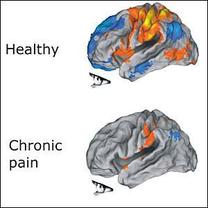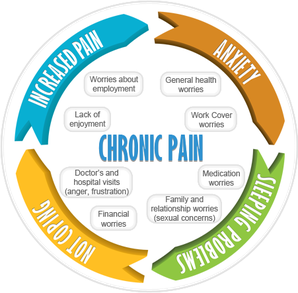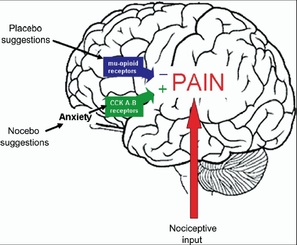
Reflexology and pains
Pain can be chronic or sporadic as it can be present in any location in the body where there are nerves, and in the cases where people have had amputations, there is even phantom pain. Some of the more common types of chronic and periodic pain include muscle and joint pain, back and neck pain, and neuropathic pain. These types of pain can be caused by trauma or degeneration due to age, illness, or genetics. There are more than 20 causes of body pain, they may be medical or psychological (psychosomatic).
Reflexology is not useful for all them, some requires strictly medical action. For some kinds of pain reflexology may be of good relief, knowing that it requires some time as it is not so fast as chemical drugs (but less dangerous of them) as it try to act on causes not on symptoms.
Among the most common are migraine pains, reflexology may be very helpful according to the nature of hedaches. Important tests are in progress to value how much reflexology may help for cancer pain (tests in some hospitals and clinics) and for postural and joint pains.
Pain can be chronic or sporadic as it can be present in any location in the body where there are nerves, and in the cases where people have had amputations, there is even phantom pain. Some of the more common types of chronic and periodic pain include muscle and joint pain, back and neck pain, and neuropathic pain. These types of pain can be caused by trauma or degeneration due to age, illness, or genetics. There are more than 20 causes of body pain, they may be medical or psychological (psychosomatic).
Reflexology is not useful for all them, some requires strictly medical action. For some kinds of pain reflexology may be of good relief, knowing that it requires some time as it is not so fast as chemical drugs (but less dangerous of them) as it try to act on causes not on symptoms.
Among the most common are migraine pains, reflexology may be very helpful according to the nature of hedaches. Important tests are in progress to value how much reflexology may help for cancer pain (tests in some hospitals and clinics) and for postural and joint pains.

Pain tolerance
The graphic portrayal seems to clearly suggest that the two groups are significantly different, starkly favoring reflexology for increasing pan tolerance times from baseline. The results of the ANOVA (Analysis of Variance) indicates:
(i)There was a significant main effect of treatment, which means that reflexology significantly increased pain threshold.
(ii) There were significant main effects of time, which means that the effects of treatment on this measure varied with time.
(iii) There was no treatment x time interactions, which means that the effects of reflexology on pain threshold did not diminish below that that of control measurements during the experimental period.
The ANOVA therefore shows that there is a clear-cut and significant difference of treatment between control treatment and reflexology which varies with time. This is clearly seen in the graphical representation of the data which shows that reflexology increases pain threshold compared with the Sham-TENS control data.
From: Samuel CA, Ebenezer IS. Exploratory study on the efficacy of reflexology for pain threshold and tolerance using an ice-pain experiment and sham TENS control. Complementary Therapies in Clinical Practice. 2013(May);19(2):57–62
The graphic portrayal seems to clearly suggest that the two groups are significantly different, starkly favoring reflexology for increasing pan tolerance times from baseline. The results of the ANOVA (Analysis of Variance) indicates:
(i)There was a significant main effect of treatment, which means that reflexology significantly increased pain threshold.
(ii) There were significant main effects of time, which means that the effects of treatment on this measure varied with time.
(iii) There was no treatment x time interactions, which means that the effects of reflexology on pain threshold did not diminish below that that of control measurements during the experimental period.
The ANOVA therefore shows that there is a clear-cut and significant difference of treatment between control treatment and reflexology which varies with time. This is clearly seen in the graphical representation of the data which shows that reflexology increases pain threshold compared with the Sham-TENS control data.
From: Samuel CA, Ebenezer IS. Exploratory study on the efficacy of reflexology for pain threshold and tolerance using an ice-pain experiment and sham TENS control. Complementary Therapies in Clinical Practice. 2013(May);19(2):57–62
COPYRIGHT by Dr. A. Virgili - All rights reserved


